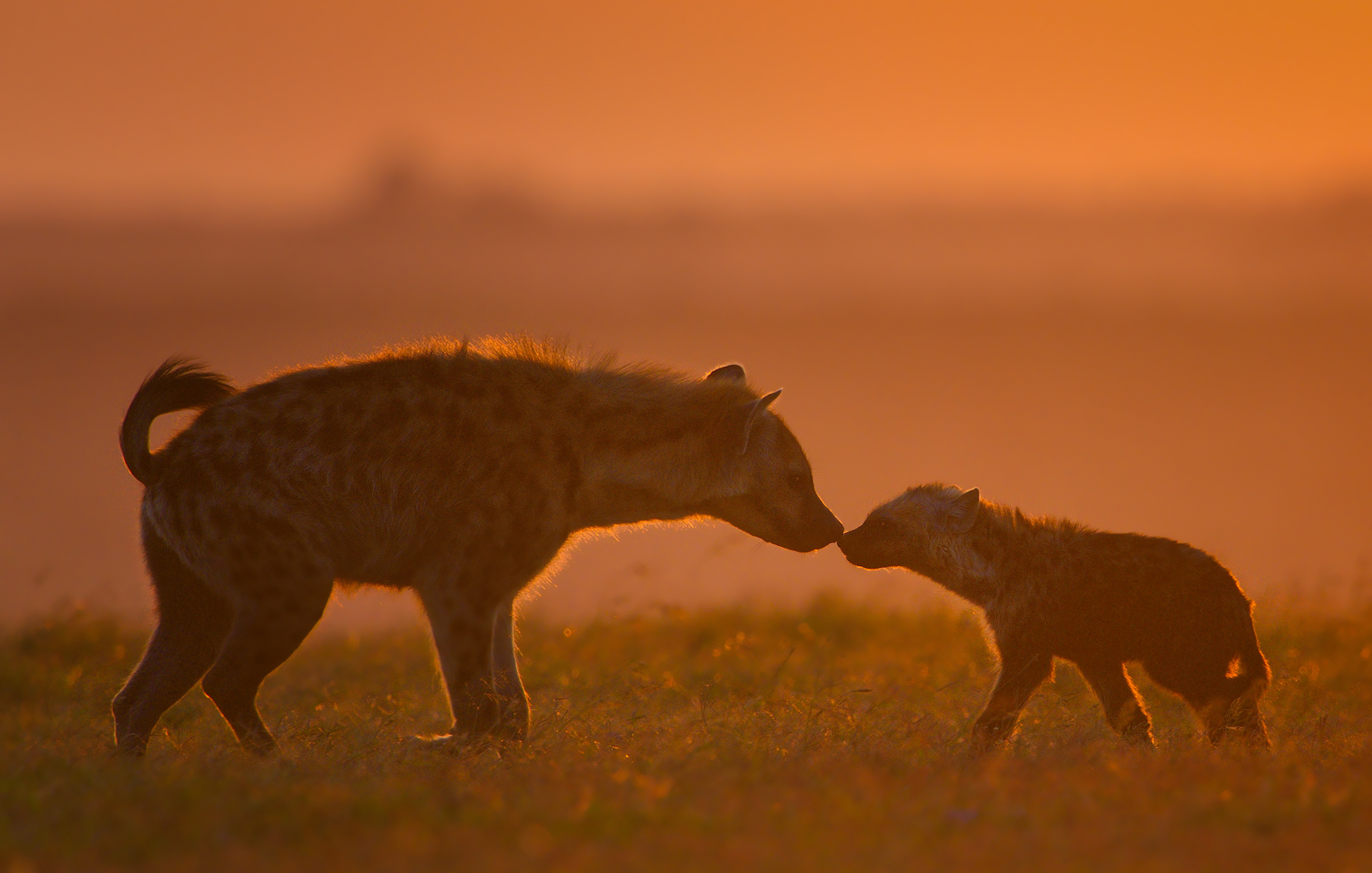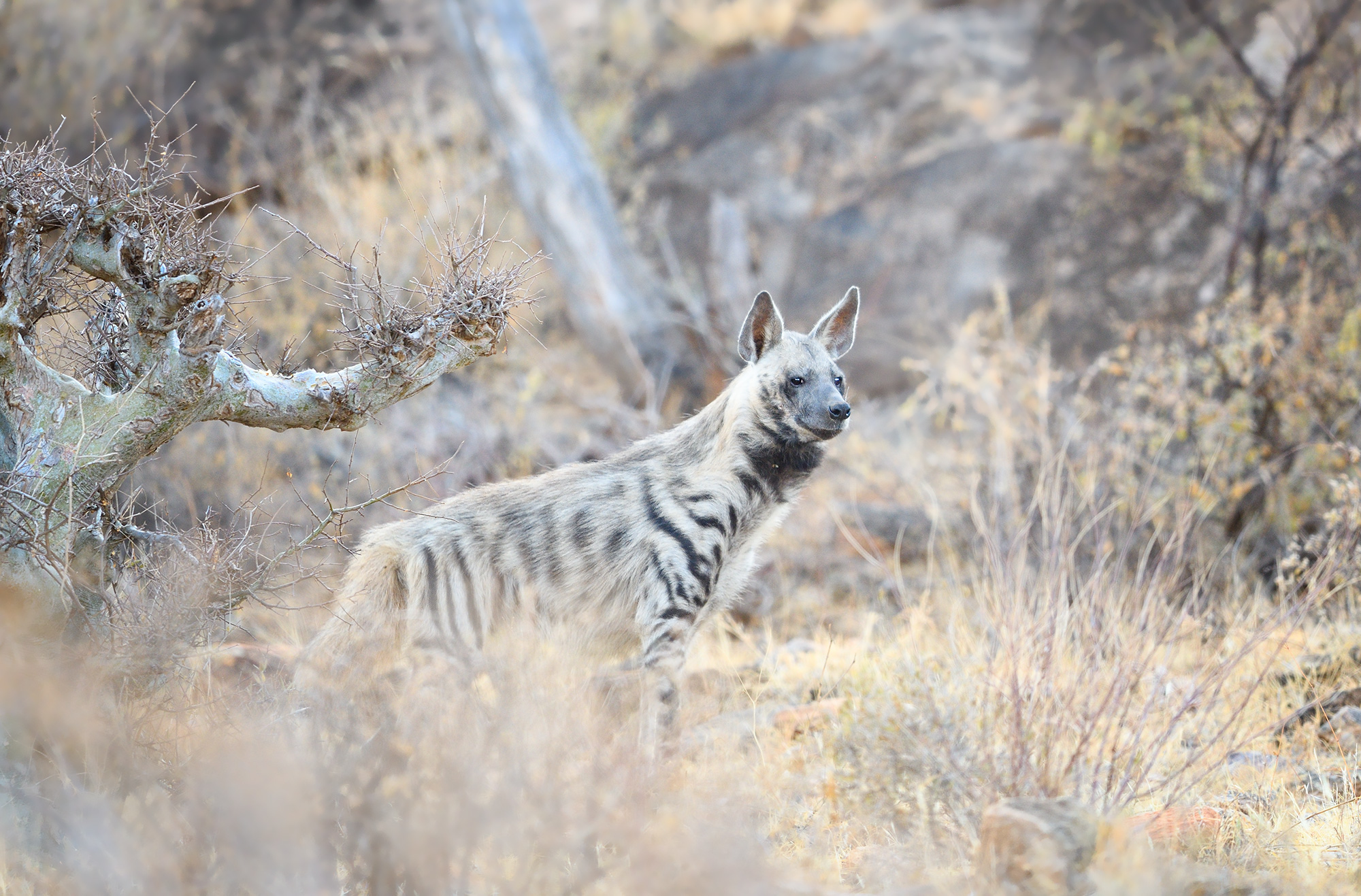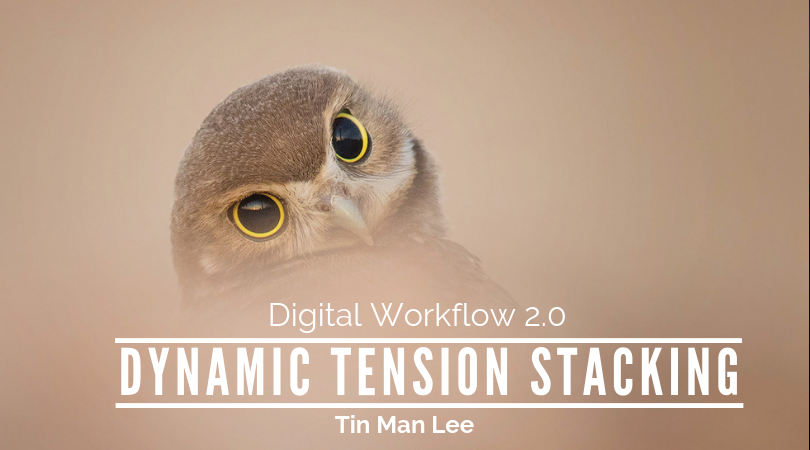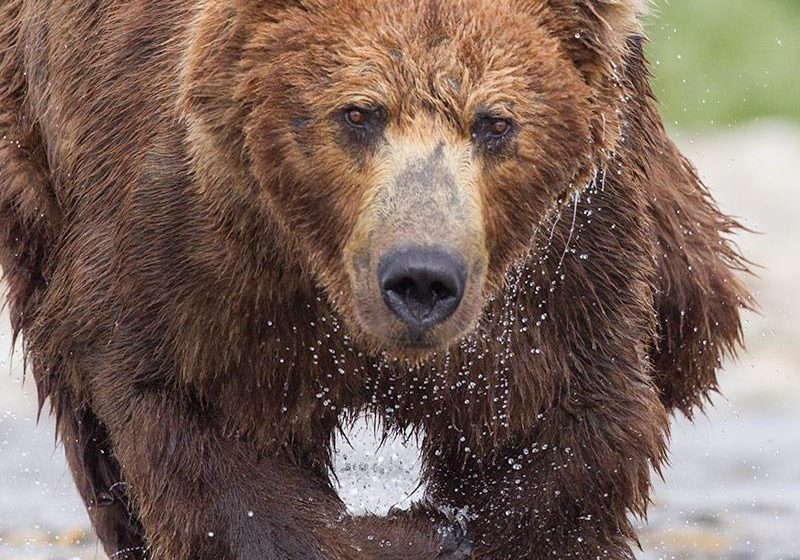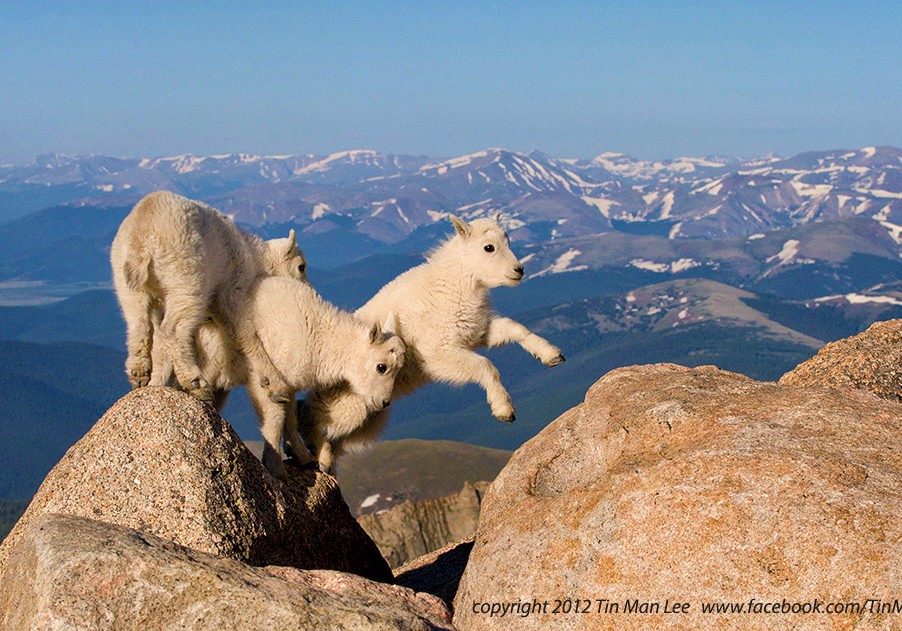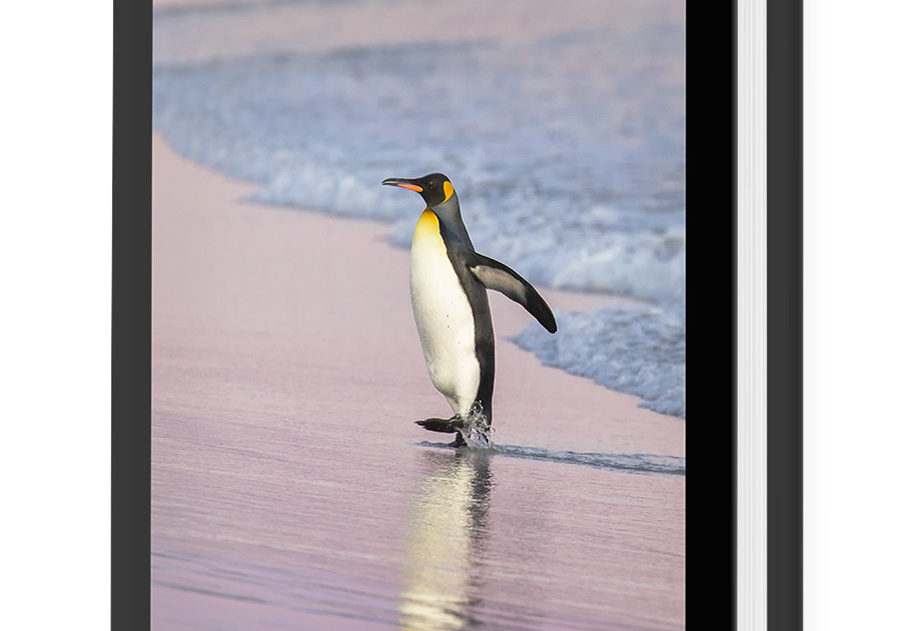4 Ways To Take Unique Wildlife Photos (Hyenas)
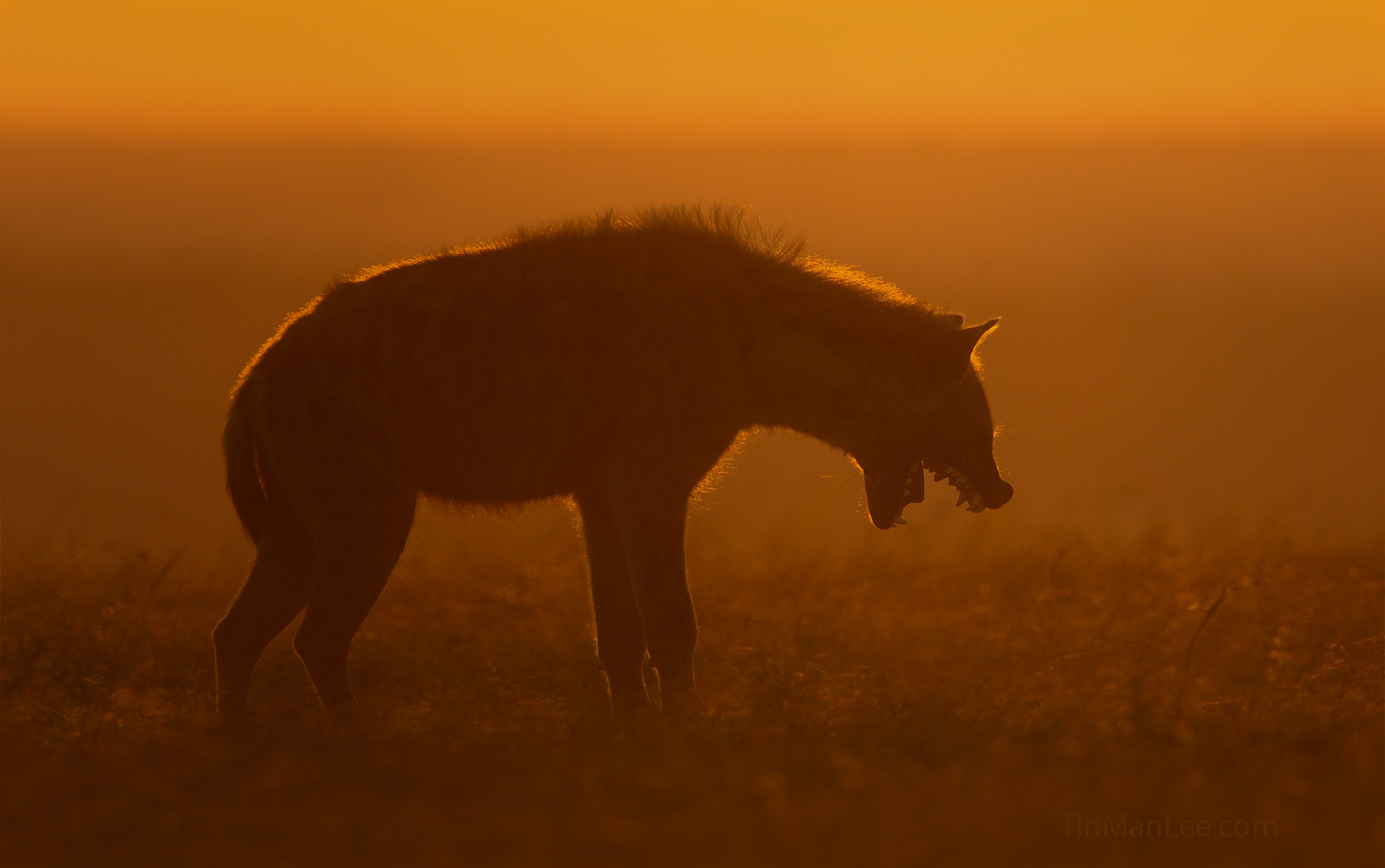
4 Ways To Take Unique Wildlife Photos (of Hyenas)
by Tin Man Lee
I remember the first night sleeping in an Africa bush camp in Kenya, I had difficulty falling asleep. Not just because of the excitement of a childhood dream coming true, but because of the sound. Some told me before the trip, "Don't forget to enjoy the sound at the camp." I thought I would be hearing birds chirping, or maybe some lions roaring in a distance.
No. It actually felt like a pack of hyenas screaming into your ears with their "laughing" call. It went something like the first ten seconds of the following video (not taken by me), with a rising high pitch at the end.
And it echoed around and went on for a whole night, as the hyenas were circling you, ambushing you.
Looking at the flimsy zip of the tent, I dreamed about being dragged and eaten alive by the most powerful bite (more than a lion or a tiger) in the middle of the night. It reminded me of an encounter with coyotes one year in Yellowstone.
As I said before, I had no expectation from my first trip to Kenya to get any decent shots. Too many good African photographers, too many great shots.
And with my limited understanding of hyenas, I didn't even take any photos on my first encounter with a spotted hyena except getting curious as if I saw a celebrity.
"Is that the bad guy from the Lion King?"
They were actually a lot bigger than how they looked from afar. They were bigger than a cheetah for sure. They were actually the same weight as a leopard and hyena has a bigger size.
We saw quite a lot of them all over the place in the savannah. They didn't seem to have any care or fear of our vehicle, and I would see them running with their interesting body proportion-- their front legs were longer than their hind legs and their belly looked like a balloon.
I concluded quickly that photographing them nicely wasn't easy. We had a few chances at multiple dens.
At some dens, we would wait for hours but never see the pups coming out.
And at some other dens we were shooting downwards from our window which created distracting background and thus unusable photos.
If you remember my post on 4 ingredients of a great wildlife photo, I mentioned Vincent Munier.
He once said, ""There is nothing more magical than suggestion. When you reveal everything, you kill imagination. I live in a world of imagination. And that's where I want to stay. "
I wanted to create a sense of mystery for hyenas because that's how I felt of them, especially after hearing their calls at night.
#1. Backlighting seems to be one way to create that mystery. Let's see.
I always also wanted to convey a different feeling of wild animals (in this case hyenas) in my photos so that viewers will feel differently about them from their original feeling.
I had written a post about one question you must ask yourself.
Our opportunity finally came when we came upon a den with a bit of an elevation, meaning I didn't need to shoot down with bad background.
But light angle there was tricky. The den was also quite far from the road. My longest lens from the trip was a 400mm.
I quickly analyzed the situation.
If we went in the morning, we had to go even further than the closest point from the road to align the angle to have direct light shinning onto them.
If we went in the evening, we could only go backlight because there was no road on the other side of the den. But backlighting was exactly what I wanted to try so it's perfect.
After scouting the location in the afternoon, we went back out in early evening and parked on the road about 70 feet from the den.
Sunset was at around 6:20pm. It was now 4:30pm. Still about an hour and a half before the light got better. Boy the light was so harsh in day time in Kenya.
It's always a fight against time in Kenya because, for some reason, no photography was allowed after 6:30pm (except in some private conservancy? I am not sure), and the rangers would give a hefty fine if caught and would kick one out if committed multiple times of not leaving at 6:30.
Right now the light was too bright and harsh. Anything we took would have a harsh shadow on the hyena.
We saw one adult hyena near the den, and at times a few heads popped up from the den. Must be pups! Yes!
Before I even finished that thought, one big dark cloud moved in like a giant spaceship, covering the whole area, and it suddenly got really dark.
We waited for another 15 minutes and it was impossible to take any photos. The pups never showed up again as well.
Nothing we could do. Mission failed. We decided to drive back to the camp.
We went back to the den first thing in the morning but it was an overcast day.
Since the den was quite far away, I didn't hesitate to put a 2x teleconverter on the 400mm 2.8 lens to get to an effective 800mm.
From the viewfinder, I saw some hyena pups came out playing, yes!
And I saw a blue background if I got to the lowest point on the window.
But at the same time I saw the kryptonite to wildlife photography-- HEAT SHIMMER.
I saw mirage-like effect in the background in the viewfinder, and knew probably none of the photos would be usable.
What is heat shimmer? Sometimes in the morning after sunrise, if the ground was wet the night before, with a big temperature difference, the water would evaporate and the condition would mess up the auto-focus and render a completely blurry photo. Not completely blurry, but nowhere critically sharp. It would look fuzzy.
Some years ago I was photographing a coyote in the snow, running and playing, with snow splashing everywhere, with soft morning light, so close by every shot was full frame with my 500mm f/4.
I was so happy I took hundreds of shots, only to find that none of the photos were sharp due to heat shimmer. I tried to use manual focus, one shot focus, f/8, f/16, all kinds of f-stop, even manually focus to front focus or back focus, nothing worked. To this date, heat shimmer is one thing I was really fearful of, especially during good sighting and good light.
It's when good dreams are crushed and it would haunt you for the rest of your life. Heat shimmer.
#2. Later I found out that if I took many more shots when heat shimmer was present, I meant instead of 100 shots, I took 1,000, sometimes I would get lucky and get one shot sharp.
So I kept doing that, hoping for the best.
Suddenly, in my viewfinder, like a flash, I saw some small black "thing" near the den. It looked completely different from the other pups.
Turned out when the hyena pup was really young, they would be pure black, before they grew the lighter-colored spotted fur like their parents. These black hyena baby stole my heart immediately.
That baby hyena was so tiny and skittish, and with the further distance, and blowing wind moving the tall grass left and right near the den, I couldn't see them clearly.
The whole morning he/she might have only showed up for a few seconds total.
#3. But one of my mantras is "when unsure, press the shutter first."
I took a quick blast of ten shots, and was later rewarded with this shot. I actually got 3 shots when this little guy came out from the den briefly. But only one was without the tall grass blocking the face.
I always love it when the animals created a triangular shape in the photo.
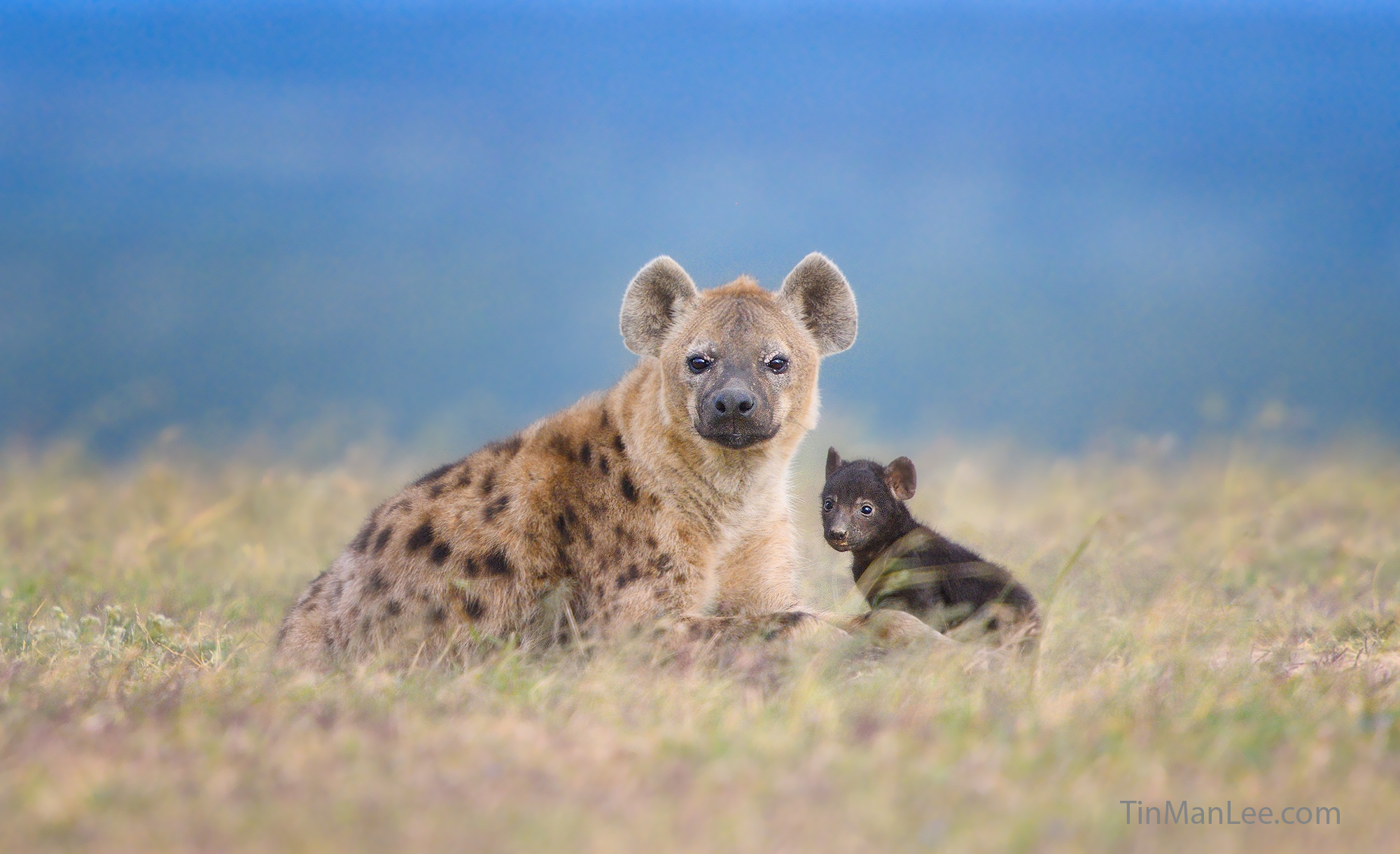 Nikon D850, 400mm 2.8, 2x teleconverter, f/7.1, 1/1000s, ISO 800
Nikon D850, 400mm 2.8, 2x teleconverter, f/7.1, 1/1000s, ISO 800
A few minutes later, the clouds disappeared and the light was so harsh it became hopeless.
We came back again in the late afternoon, around 4pm, our last evening at this location.
One last try. So I insisted our guide we must come earlier.
"No clouds today, maybe we will finally get our backlit hyena!" I said.
I saw two adult hyenas sleeping near the den, but no pups in sight. Maybe they were more active in the morning and now they got tired, and would not come out in the evening like some foxes I had photographed.
Then, I saw some heads popping up from the den! The pups!
Breathe. Be quiet. Don't make any noise. I told myself. Let them get comfortable and they will come out and play and climb on the parents and rainbow would appear in the background.
All of a sudden, the two adult hyenas stood up, looking on their left. All the pups disappeared.
What happened?
Turned out a buffalo decided to walk nearby the den and had scared the pups.
Now that the pups were nervous, I wasn't sure if they would come out again before dark.
With the light getting better and better, I looked at the viewfinder again just to check.
A beautiful orange-red background was forming.
But wait, a herd of impala then decided to move into the background, perfectly "photo-bombing" the shot creating big dark spots right above the den.
I was about to tell our guide/driver to immediately move the vehicle. But where we were was really the best angle for the light, and the impalas were walking left and right nonstop, making sure we couldn't get our shots, so nothing we could do to position ourselves.
Just at that moment, the hyenas started to get active. And the back light started to "mature", creating a glow.
"Crap!"
"Why..."
The pups started to come out and play. They were running around, at times getting on the back of the parents.
I tried to stand up and shoot from the top of the vehicle. I tried to get down at the window to get a lower angle. But both angles were hindered by the impala. It's a non-photo. And I just kept standing up and crouching down to find an angle.
But the good thing was, there were at least 6 pups playing with the parents. And for backlit photos, or any silhouette photos, it's a deadly sin to have overlapping body part and limbs.
Right now, there were way too many overlapping and no one could even tell if it's a hyena.
So in a way, I didn't miss any opportunity. Even if the impalas were not there, it's still not a good photo.
Phew... that's what I was telling myself.
From the movement of the sun, we would get another two minutes of golden light before it's gone.
I took a deep breath and decided to just relax and enjoy the scenery in front of me.
Imagine, impalas walking in the distance. Hyenas family playing. We were the only car in the vicinity. The whole place turned golden red, the tall grass moving like precious jewelries under the wind. It was so peaceful.
Life couldn't get better than this.
I took a deep breath and smiled.
Don't forget, Tin Man. This was your childhood dream, being realized right here right now in this moment.
You were finally in Kenya, in the kingdom of wildlife.
The impalas walked away slowly. As the light got even better, the pups dispersed and one parent stood up.
Separation! No more overlapping body parts in the photos.
I saw one pup walked slowly towards her parent.
They were at first 5 feet away. Then 4 feet away. 3 feet away.
The pup didn't stop at all. She just walked past her parent and continued her way.
It happened so fast. From 5 feet apart to walking past her parent, it probably took less than 2 seconds.
My finger was on the shutter for 5 quick shots when they were about two feet apart. I was hoping they would play when they got together.
But they didn't stop. No interaction at all.
Oh well. It really didn't matter.
Then I reviewed those 5 photos in my camera LCD.
And I saw this.
Nikon D850, 400 2.8, 2x teleconverter, f/7.1, 1/1000s, ISO 720. Kenya. I stopped down quite a bit after putting in the 2x converter to make sure the sharpness is okay. 1/1000s to freeze the motion.
The parent and pup acknowledged each other with a nose kiss. It happened so quickly I didn't see it with my naked eyes but the camera captured the moment.
As the light was dimming, we were ready to pack up.
#4. But one thing I always did, was no matter what, when the light was great and animal was in sight, my eyes never left my viewfinder and my finger never lifted off the shutter, even if I already got my shot. And I wouldn't talk to anyone.
At one point, the adult hyena suddenly made this face. It became one of my favorite photos of hyena.
Nikon D850, 400 2.8, 2x teleconverter, f/7.1, 1/1000s, ISO 720.
I really liked the emotion expressed. It was exactly what I wanted to express deep within myself.
So that was my challenges and strategy to photograph hyena. I learned a lot more about hyenas in this trip. I also learned that females always have seniority in the pack, and there's always an alpha female.
Last but not least, we were very lucky to encounter a species of hyena that I didn't even know existed prior to the trip-- the stripped hyena. I talked to our guide and many of my friends who went to Africa for over ten years and they had never photographed one.
How lucky!
Nikon D850, 400 2.8, f/2.8, 1/800s, ISO 640, manual and auto ISO + 1 stop. Since it's relatively low contrast in the scene so I used auto ISO.
If you enjoyed this post, please click "Like" and share with your friends. Don't forget to leave your comment below too!
Tin Man

ABOUT THE AUTHOR
Tin Man Lee is a wildlife photographer who has won the Grand Prize (2013) and Winner of Wildlife Category (2018) in the prestigious Nature's Best Photography Windland Smith Rice International, among 25,000 entries from 50 countries. His photos have been displayed at the Smithsonian Museum of Natural History in Washington DC, G2 Gallery in Los Angeles, and an invited solo exhibit of 48 photos at HKUST, Hong Kong. His passion is to take wildlife photos that evoke emotion to celebrate the beauty of nature. He teaches a wildlife photography boot camp and the DTS editing class.
All of the above photos were edited from RAW to JPEG by a workflow I developed over the years which allowed me to win grand prize and winner category of Nature's Best Photography Windland Smith Rice International and other awards. The workflow is brand new and different from traditional editing where it used a human visual psychology approach. Over 400 copies have been sold and many students had won international awards and publications after mastering this technique, which I called Dynamic Tension Stacking. Click below and check it out.
Being able to find animals is as important as mastering your photography skills. Check out my Photographer's Guide to Alaska, Mount Evans and Falkland Islands.
Join the 8,000+ readers and subscribe to my email newsletter where you will get my daily tips on wildlife photography and news and trip reports. You can unsubscribe anytime.


